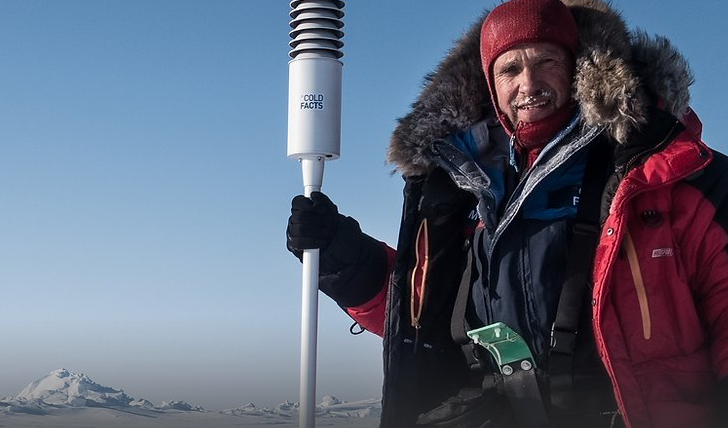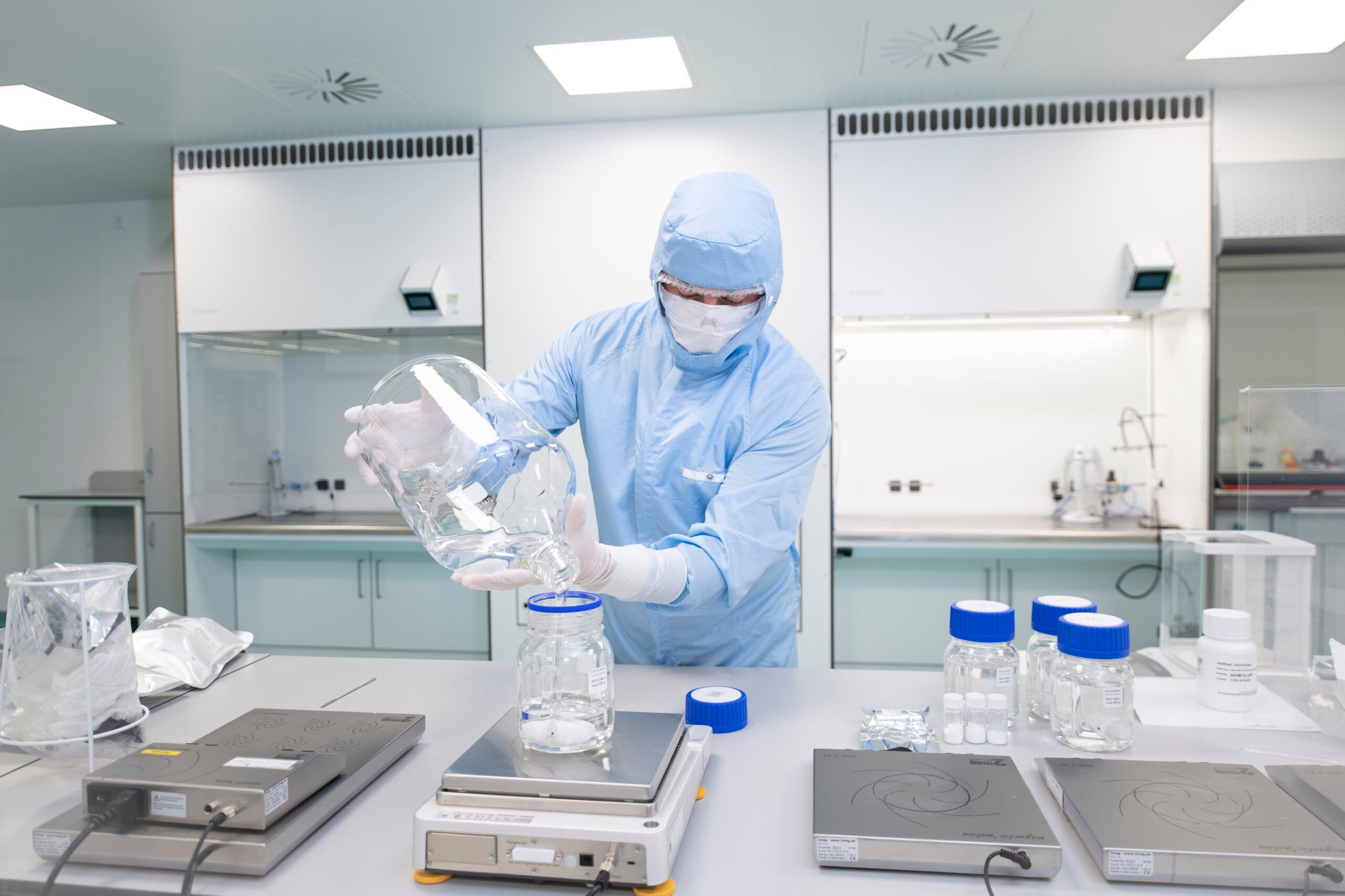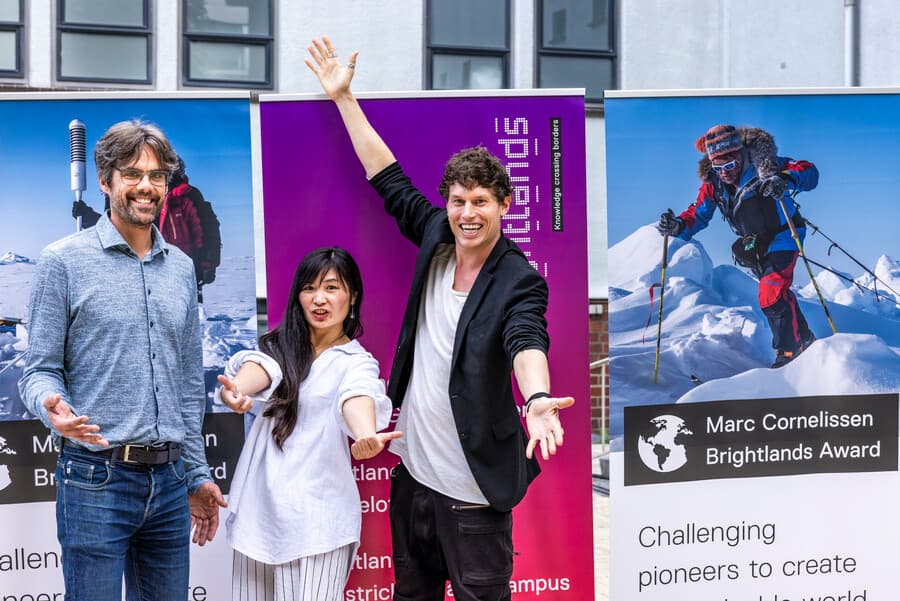
Innovation only really gets off the ground when different companies work together. That may sound obvious, but – especially for young companies – it is not always that simple. Innovation clusters and campuses such as the Brightlands Chemelot Campus in The Netherlands are often instrumental when it comes to building a network. Larger companies can help start-ups on their way with new ideas and contacts. Marc Poulissen works at the engineering firm VIRO and is the liaison for companies on the Brightlands Chemelot Campus. Poulissen is a veritable connector in the world of business. He links VIRO and its clients to start-ups on the campus and in doing so, creates new partnerships and potential customers for a range of start-ups.
Focus on opportunities
“I try to take different companies and innovations a step further,” Poulissen says about his work. He does this by having plenty of conversations with companies. One of his most important characteristics – he always keeps thinking in terms of opportunities. “You sometimes have to be in for the long haul, but usually it’s more than worth it. It’s great to see that innovations finally make it to the market,” he notes. That is always an important guiding principle for him. “Because what good is innovation if you don’t do anything with it?”
How he sets to work: “I talk to start-ups and see what kind of good products they are developing. Then I try to enthuse one of our customers to have a talk with the start-up to see if the new product might be something for them. This is how I bring companies into contact with each other. VIRO is the connecting factor here, we help to bring companies to hook up with each other and help with the engineering, analysis, and certification of the product.” Sometimes VIRO itself uses the new products of start-ups in, for example, the machines they design for their clients. VIRO is an international company with several branches in Europe. “We have a lot of contacts internationally with the larger companies,” he explains. “Clients are willing to innovate. They are open to new products or materials.”
Designs
In addition, VIRO also provides services to start-ups and other companies based on the Brightlands Chemelot Campus. In this, the company focuses on three areas of application: product engineering, machine construction, and industrial projects. With, for instance, routing (designing the pipeline system, cabling, and so on in machines, ed.) as a specialism. Poulissen: “We can, for example, design pilot plants or a first factory. Apart from that, we can also look at a production process that is as efficient as possible or figure out the workings of a specific machine.”
He cites projects involving routing as one example: “Students are currently working on a technology for monitoring roads, train connections, level crossings, and traffic lights. The technology comes from semiconductor and automotive routing (proven technology) and can be used in the future to monitor, for instance, factories or hydraulic systems on factory sites. Therefore, it’s a technology with several different applications. VIRO is trying to further perfect this technology for the new applications with the help of knowledge, skills, and materials that originate from start-ups on the Brightlands Chemelot Campus. For one thing, we are trying to improve the insulation, and we are looking at more sustainable materials and at options for 3D printing.”
Beyond their own field of expertise
This is how VIRO is able to bring together companies from different sectors. “Because we work across a variety of segments, we are able to share and connect technologies and knowledge more easily,” says Poulissen. “If we see that a certain new material or new product is not relevant to one sector, then we will look at whether companies in another sector might have something to gain from it. Innovation goes beyond your own professional field,” Poulissen points out.
Strong together
All kinds of people are walking around the campus, from students to engineers. “That combination is what makes really cool things happen,” he states. “But I felt that there was still not enough attention being paid from the business community outside the campus to the innovative projects and companies that have been formed on campus. Of course, major companies find innovation very interesting. But to actually start to put those new products or materials into use is often even trickier. VIRO consequently makes use of innovations itself and also brings them to the attention of its clients. So that they can potentially be used in practice.
Read more about Brightlands here
Making connections between companies is the way to bring innovations to the market, according to Poulissen. “If a new product or material does not yet fit into a company’s line, try to find out why it doesn’t. Maybe it can be managed with a modification, or perhaps some research or a subsidy is the solution,” he says. “Try to stay engaged in conversation and look for solutions.” And most importantly, “Seek out cooperation, because together you will always get further than on your own.”







